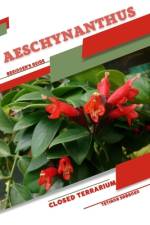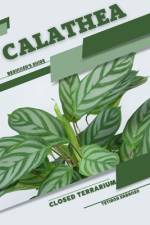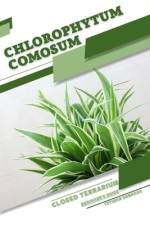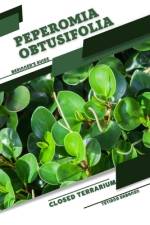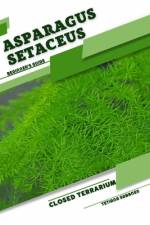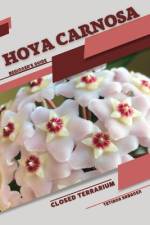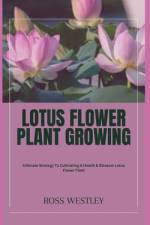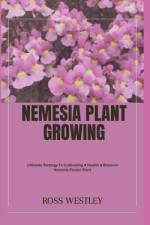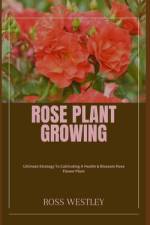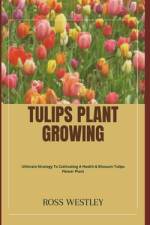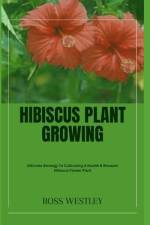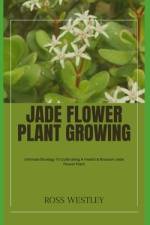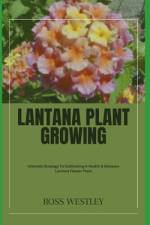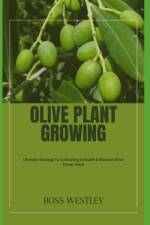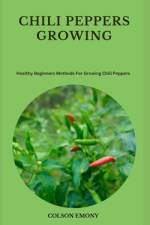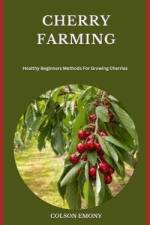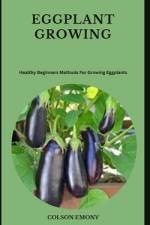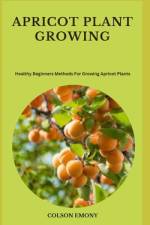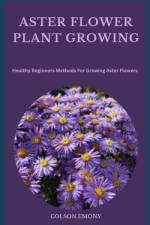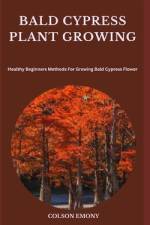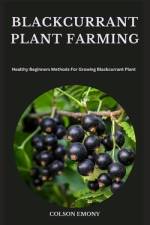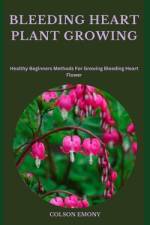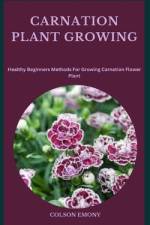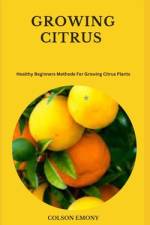- A Comprehensive Guide to Cultivating Marijuana In Greenhouses
av Tara Taylor
265,-
Picture this: You, a passionate individual, longing to cultivate cannabis with expertise, standing at the threshold of a greenhouse filled with potential. Your desire is palpable, yet a lack of guidance casts shadows on this journey. Now, imagine a guide that not only dispels doubts but also magnifies the potential for an abundant harvest. This isn't just a book; it's the key to unlocking the secrets of greenhouse cannabis cultivation. Your journey begins here. As your story unfolds, the introduction welcomes you to a realm where greenhouse cannabis cultivation is not just a skill; it's an art. The introduction is a tantalizing glimpse into the benefits and basics of growing cannabis in controlled environments. You venture into Chapter 1, learning the art of setting up the perfect greenhouse sanctuary. Choosing the right structure, selecting the ideal location, and designing an efficient layout become stepping stones toward mastery. Chapter 2 unveils the essential tools and equipment, lighting systems, and methods for environmental control, laying the foundation for a thriving cannabis haven. As you delve deeper, Chapter 3 becomes a compass in the vast sea of cannabis strains. You learn strain selection, understand the intricacies of Indica, Sativa, and Hybrid varieties, and match strains to the unique ambiance of their greenhouse. Chapter 4 introduces the delicate dance of germination and seedling care, leading to the blossoming growth showcased in Chapter 5, where you become an artist, providing the perfect balance of light, nutrients, and preventive measures against pests and diseases. As your cannabis plants reach their zenith, Chapter 6 reveals the symphony of flowering and bud development. You learn the secrets of transitioning stages, monitoring light cycles, and enhancing trichome production. In Chapter 7, the time for harvest arrives, and you become a maestro, identifying the precise moment, employing techniques for maximum yield, and mastering the art of drying and curing cannabis buds. Yet, the journey is not without challenges. Chapters 8 and 9 delve into troubleshooting common issues, employing pest and disease management strategies, and ascending to advanced techniques like ScrOG and CO2 level mastery. As you mature, Chapter 10 uncovers sustainable practices and environmental considerations. Eco-friendly cannabis cultivation, organic nutrients, and resource recycling become your anthem. In Chapter 11, you face the legal labyrinth of cannabis cultivation, understanding laws, and fostering responsible community engagement. The final chapters usher in a new era as you go Beyond Cultivation. The world of cannabis-infused products, medicinal and therapeutic uses, and contributions to research and innovation become your playground. As your story concludes, you are offered bonuses-a guide to enhancing cannabis growth naturally and embarking on culinary adventures with cannabis-infused delights. And so, your story ends with a cultivated masterpiece-an oasis of green in the greenhouse, a testament to the artistry and expertise discovered within the pages of this book. The journey, from novice to maestro, awaits you, inviting you to embark on your own tale of cannabis cultivation mastery. This guide skips the guesswork and provides you with a roadmap to greenhouse cannabis success. Whether it's uncertainty about legal aspects, fear of resource-intensive cultivation, or worries about pest management, this guide provides practical solutions. So will you join the story and transform your greenhouse into a cannabis haven? Click "Buy Now" and let Growing Cannabis be your guide to cultivating marijuana with confidence and expertise.

